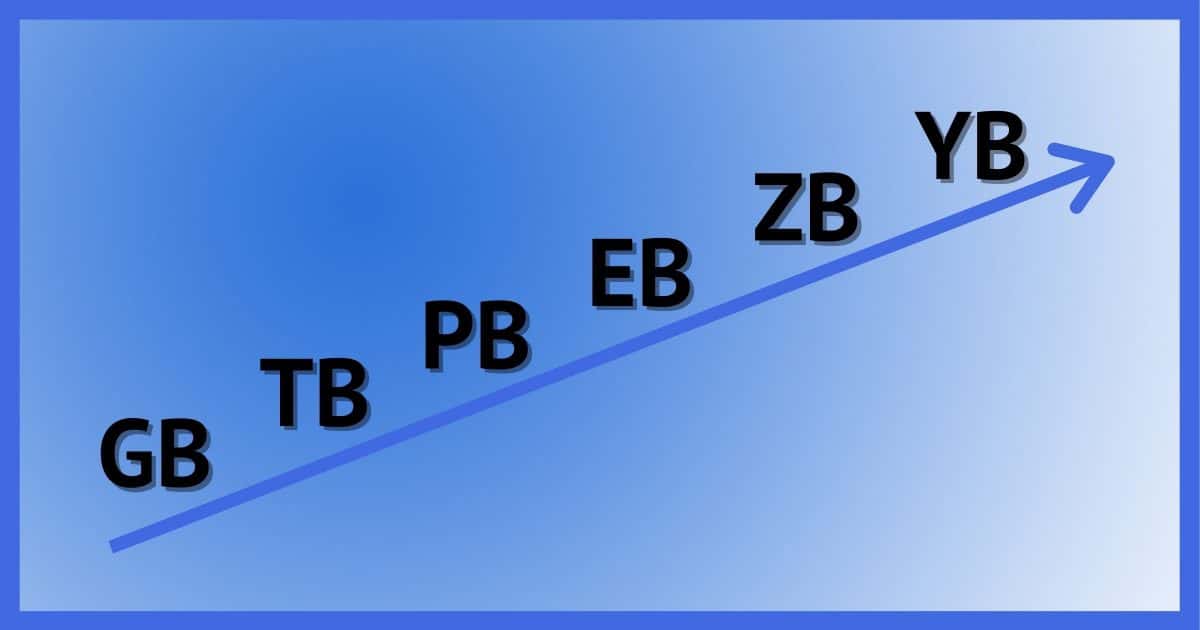As technology advances, it seems that larger units of data measurement, such as megabytes or gigabytes, are dominating conversations. However, the kilobyte, one of the oldest and smallest units of digital storage, still has its place in modern computing. In this blog, we will explore what a kilobyte is, how it is currently used, and some practical examples of its use.
What is a Kilobyte?
A Kilobyte (KB) is a unit of data storage measurement that is equivalent to approximately 1,000 bytes. Although in technical terms a kilobyte consists of exactly 1,024 bytes (2^10), for ease of calculation and communication, it is often rounded to 1,000 bytes in less technical contexts. This unit is used to measure the storage capacity of files and storage devices, although in the current era, it is more commonly referred to for very small file sizes or as a subunit of larger measurements such as megabytes or gigabytes.
Kilobytes in Practice
In the context of modern computing, kilobytes are primarily used to measure the size of simple text files or very basic documents. For example, a single-page unformatted text document typically takes up about 2 to 3 kilobytes. Additionally, in web development, kilobytes are a common unit for measuring the size of web-optimized images and scripts that run on websites to ensure pages load quickly.
Examples of Using Kilobytes
- Text Files: A small text file containing a few pages of text may be only a few kilobytes in size.
- Email: Emails without attachments or with small graphic signatures are usually measured in kilobytes.
- Source Codes: Source code scripts for basic applications or web pages often occupy only a few kilobytes.
These examples demonstrate that, although small, kilobytes are critical to daily operations in computing and data management. For those who are looking for equipment that handles these amounts of data efficiently, Ibertronica Panel PCs offer a robust and reliable solution, ideal for handling computing tasks that do not require large amounts of memory or storage.
Conclusion
Although the kilobyte may seem modest compared to larger units, it is still crucial in computing architecture and day-to-day operations. Understanding it is essential for anyone working with technology at any level, ensuring better management and optimization of data storage and processing.
Remember that at Ibertronica.es we offer you a wide range of Pane PCs to satisfy all your needs. From economical solutions to high-performance options, we have the perfect technology for you.
You can also contact us through our website, phone (917 10 95 15) mail ([email protected]) or social networks, and request the necessary information to carry out your choice. An Ibertrónica advisor will assist you and help you choose the storage technologies that best suit your needs and objectives.




